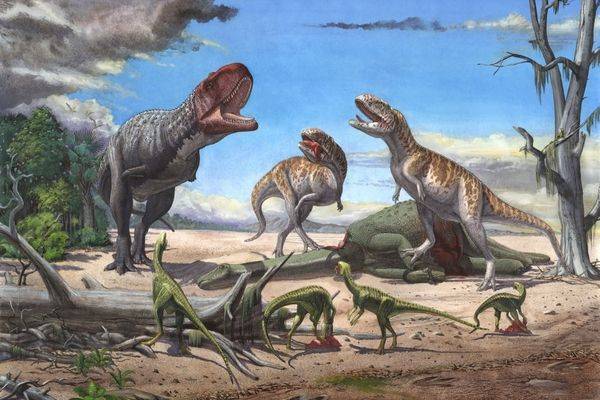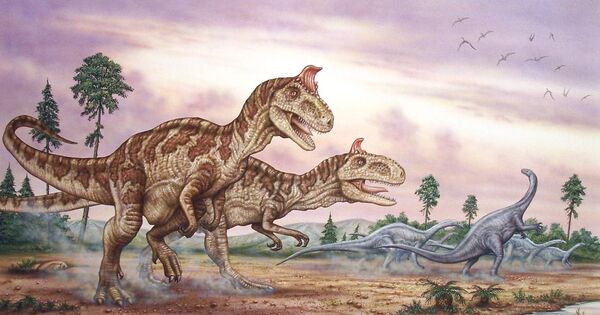A new study led by experts from the University of Alaska Fairbanks and the University of Reading throws into doubt Bergmann’s rule, an 1800s-era scientific theory that states that animals in high-latitude, cooler climates are larger than their close cousins in warmer climes.
The fossil evidence indicates otherwise.
“Our study shows that the evolution of diverse body sizes in dinosaurs and mammals cannot be reduced to simply being a function of latitude or temperature,” said Lauren Wilson, a UAF graduate student and lead author of an article published today in Nature Communications. “We discovered that Bergmann’s rule applies only to a subgroup of homeothermic species (those with stable body temperatures), and only when temperature is taken into account, ignoring all other climatic variables. This shows that Bergmann’s ‘rule’ is actually an exception rather than the rule.”
Our study shows that the evolution of diverse body sizes in dinosaurs and mammals cannot be reduced to simply being a function of latitude or temperature. We discovered that Bergmann’s rule applies only to a subgroup of homeothermic species, and only when temperature is taken into account, ignoring all other climatic variables.
Lauren Wilson
The study started as a simple question Wilson discussed with her undergraduate advisor: Does Bergmann’s rule apply to dinosaurs?
After evaluating hundreds of data points gleaned from the fossil record, the answer seemed a solid “no.”
The dataset comprised the northernmost dinosaurs known to science, found in Alaska’s Prince Creek Formation. They encountered frigid temperatures and snowfall. Despite this, the researchers discovered no significant increase in body size in any of the Arctic dinosaurs.
The researchers next conducted the same study on current mammals and birds, which are descendants of prehistoric mammals and dinosaurs. The findings were broadly consistent: latitude did not predict body size in modern bird and mammal species. There was a slight link between body size and temperature in current birds, but not in prehistoric birds.

The researchers say the study is a good example of how scientists can and should use the fossil record to test current-day scientific rules and hypotheses.
“The fossil record provides a window into completely different ecosystems and climate conditions, allowing us to assess the applicability of these ecological rules in a whole new way,” said Jacob Gardner, a postdoctoral researcher at the University of Reading and the other lead author of the paper.
Scientific rules should apply to fossil organisms in the same way they do modern organisms, said Pat Druckenmiller, director of the University of Alaska Museum of the North and one of the co-authors of the paper.
“You can’t understand modern ecosystems if you ignore their evolutionary roots,” he said. “You have to look to the past to understand how things became what they are today.”
















